If you attended elementary school in the 70s you might have seen a series of kids short skits, songs, poems, and animations that were part of a movie called “Free To Be You and Me”. The main goal was to teach tolerance. I remember a short about Billy wanting a doll, another sing-song number about it being alright to cry, and my all-time favorite was an animated version of Shel Silverstein’s poem about a rude little girl, Pamela Purse, who always insisted “Ladies First”. It’s about a rude, red-headed girl who was always cutting in line at the ice cream counter, at the bus stop, etc and yelling “Ladies first, ladies first.” When the Pamela Purse goes on a group trip to the jungle, the group is captured (by cannibals in the poem, but tigers in the movie) and Pamela Purse demands they untie her first, yelling “Ladies first, ladies first”. The next scene in the movie shows her sitting in cauldron of boiling water with the voice over saying “And she was. And mighty tasty too!” (poem reproduced below).
What does this have to do with St. Augustine? Well, not much as you might think, but I’ll try to explain the strange connection my brain made when I sat down to write this post. Essentially, if you’re interested in “firsts”, ladies or otherwise, a visit to St. Augustine should be on your list.
LADIES FIRST by SHEL SILVERSTEIN Pamela Purse yelled, "Ladies first," Pushing in front of the ice cream line. Pamela Purse yelled, "Ladies first," Grabbing the ketchup at dinnertime. Climbing on the morning bus She'd shove right by all of us And there'd be a tiff or a fight or a fuss When Pamela Purse yelled, "Ladies first." Pamela Purse screamed, "Ladies first," When we went off on our jungle trip. Pamela Purse said her thirst was worse And guzzled our water, every sip. And when we got grabbed by that wild savage band, Who tied us together and made us all stand In a long line in front of the King of the land- A cannibal known as Fry-'Em-Up Dan, Who sat on his throne in a bib so grand With a lick of his lips and a fork in his hand, As he tried to decide who'd be first in the pan- From back of the line, in that shrill voice of hers, Pamela Purse yelled, "Ladies first." (And so she was. And mighty tasty too!)
St. Augustine Florida is the oldest city in the U.S. (Spanish founded in 1565) and we’d heard from multiple people that it was a must see.
We drove in from the north and saw the signs for famed Ponce de Leon’s Fountain of Youth. What were we thinking? We didn’t stop.
It was a short drive from there to the historic center of downtown. We walked from the parking lot for “oversized vehicles” towards St. George Street, noting Flagler College along the way.
We missed the Old City Gate at St. George Street’s northern end but did see the Oldest Wood School House. Also on St. George Street you’ll find a shopping district, restaurants, taverns, a kiosk for the Sheriffs Ghost Walking Tour and the Medieval Torture Museum.
Nearby is a museum dedicated shipwrecks and another to pirates. There are also several art museums in the area, a lighthouse that is the oldest standing brick structure, and an alligator farm, but with just one afternoon here, we decided to tour the Castillo De San Marcos National Monument.
Free of charge, you can walk around the outside of the Castillo De San Marcos fort, but we’d recommend paying for a ticket, as the exhibits are well done and there’s a lot of history to learn.
As you cross the draw bridge into the oldest masonry fort in America, you’re transported to the 1700s. Following an English pirate raid on St. Augustine, the Spanish began construction on the fort in 1672. It took 23 years for the Spanish to build this marvel using native beach stone called “coquina” which consists of shells that have bonded together to form sedimentary rock. The fort’s star shape and earthen mounds helped protect it from ship’s cannon fire. It was surrounded by a huge mote to prevent land attacks.
This fort was able to repel the British colonization (Carolina Governor James Moore attacked in 1702 and Georgia Governor James Oglethorpe attacked in 1740) in the early 1700s, but was put under British control from 1763 to 1782, before being returned to Spain and eventually becoming property of the United States in 1821.
The US used it as a military base and later, a military prison for Native American tribes, including war chief Osceola and Geronimo’s band of Apache. It was declared a national monument as early as 1924.
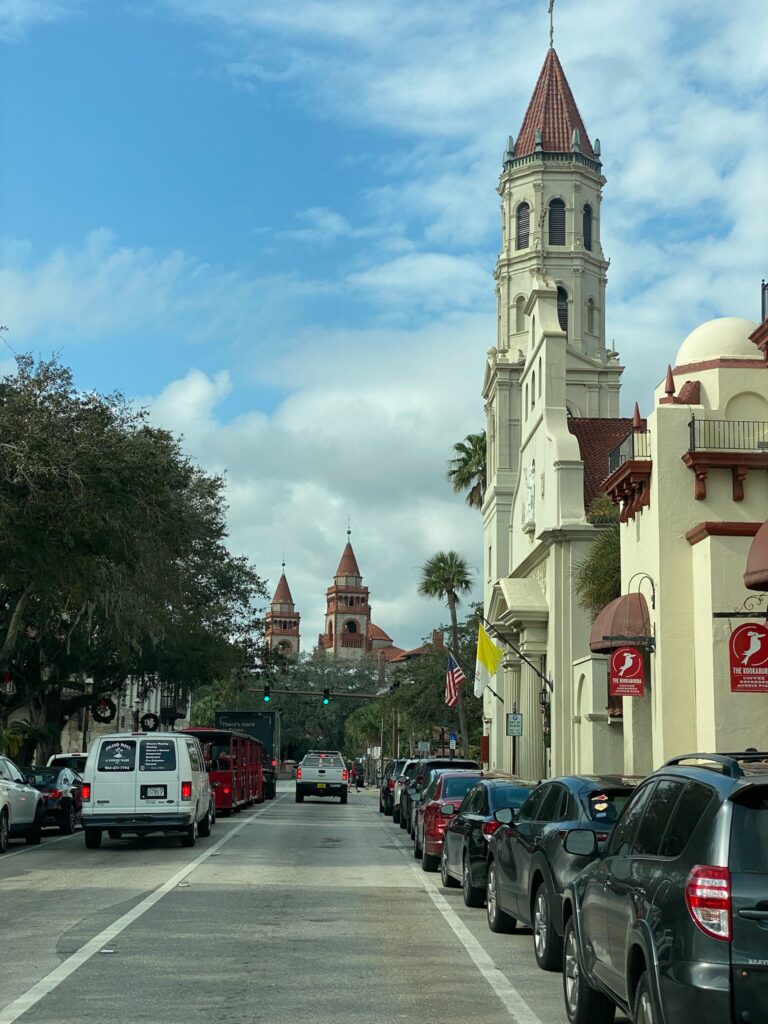
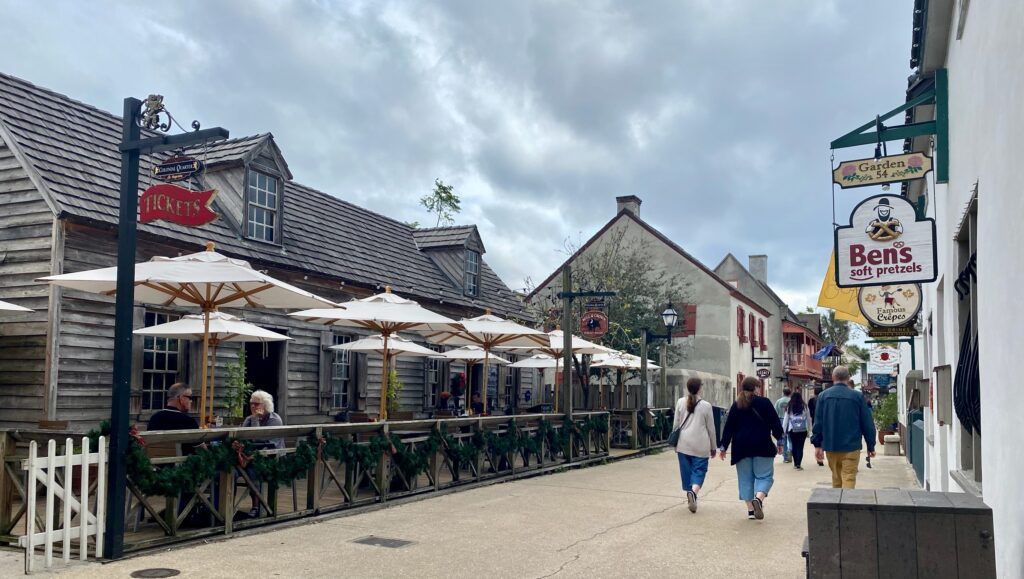
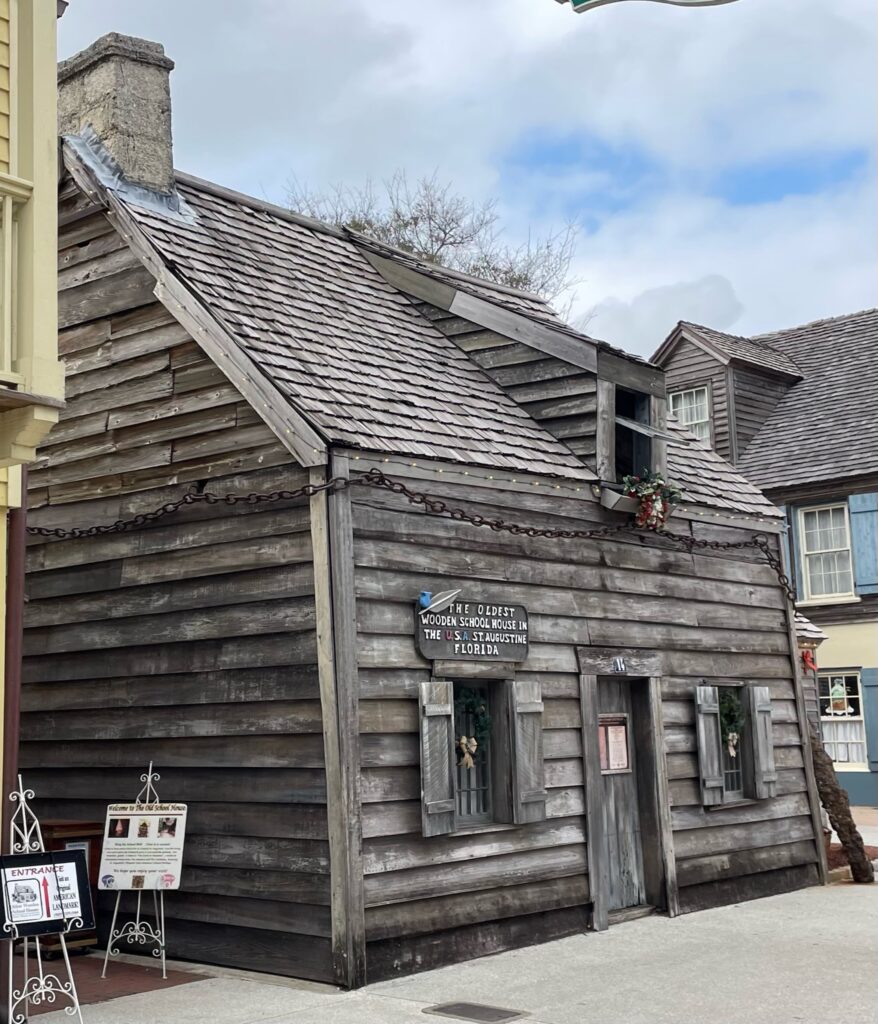
Oldest wooden school house in US
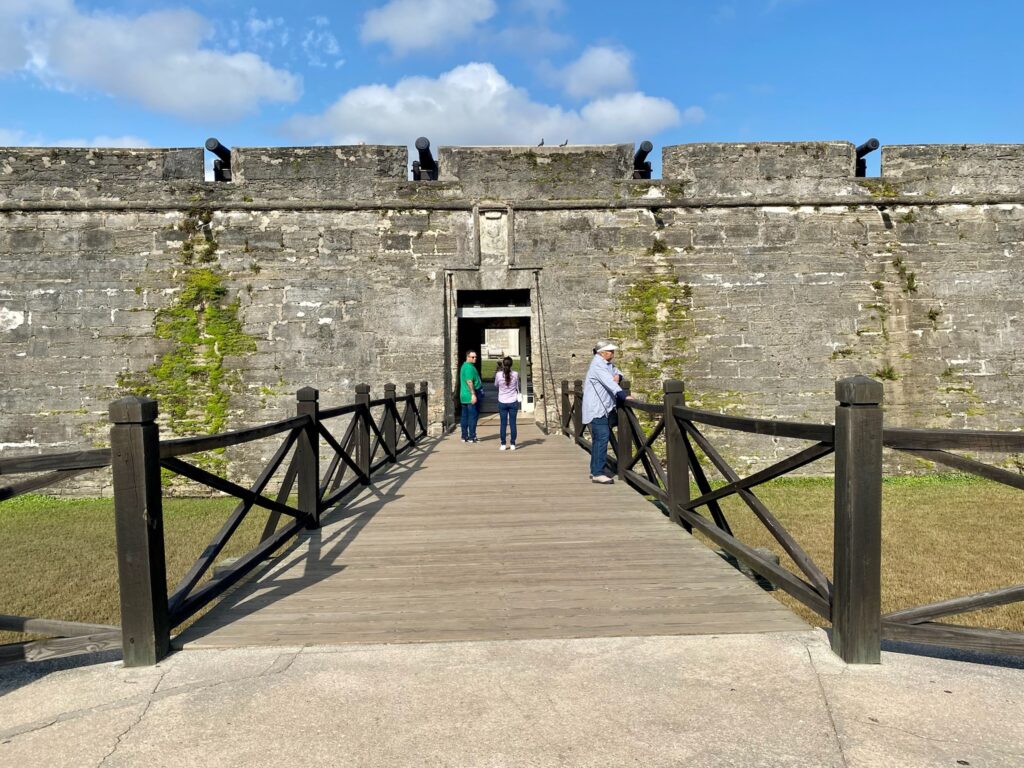
Castillo De San Marco 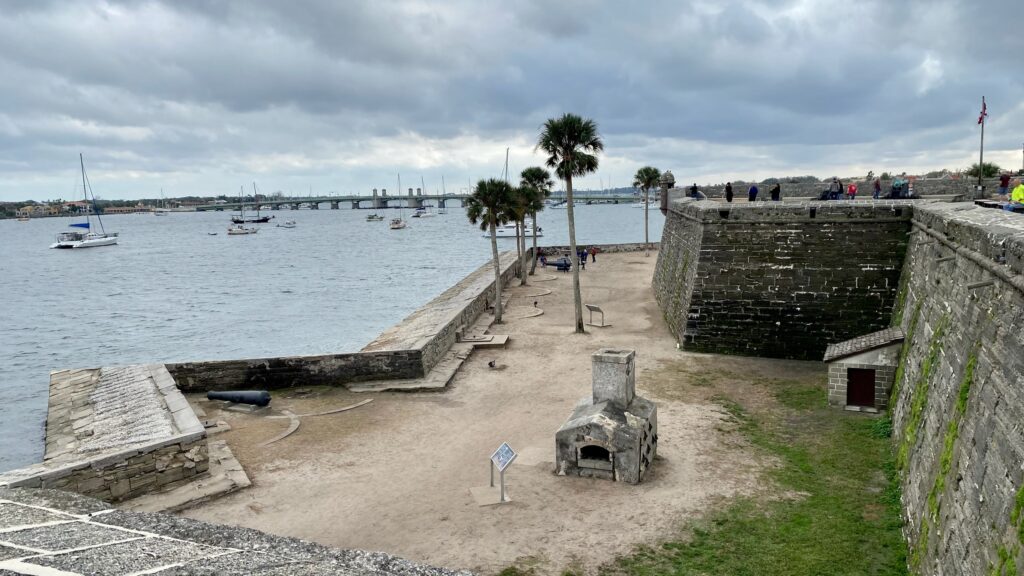
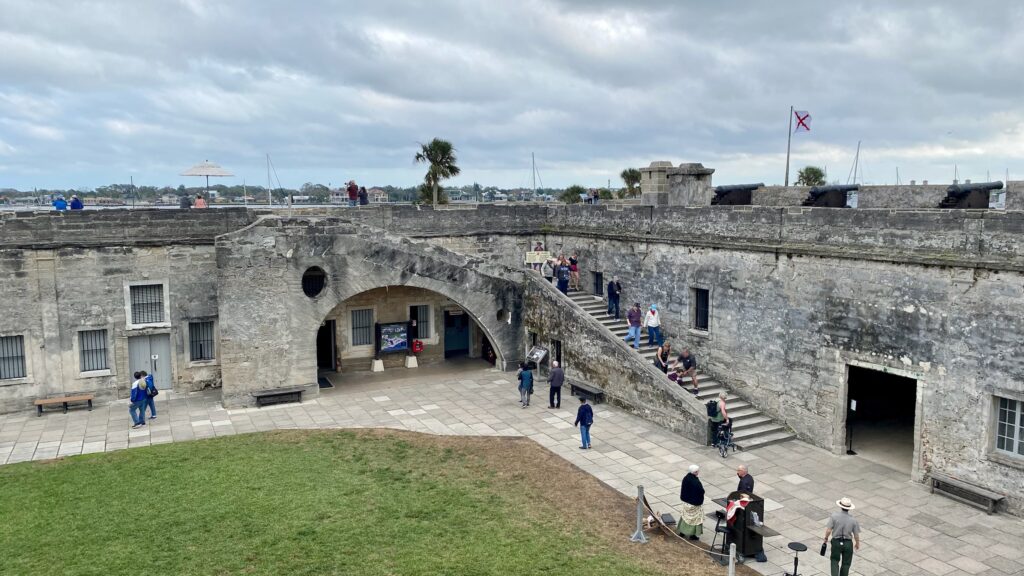
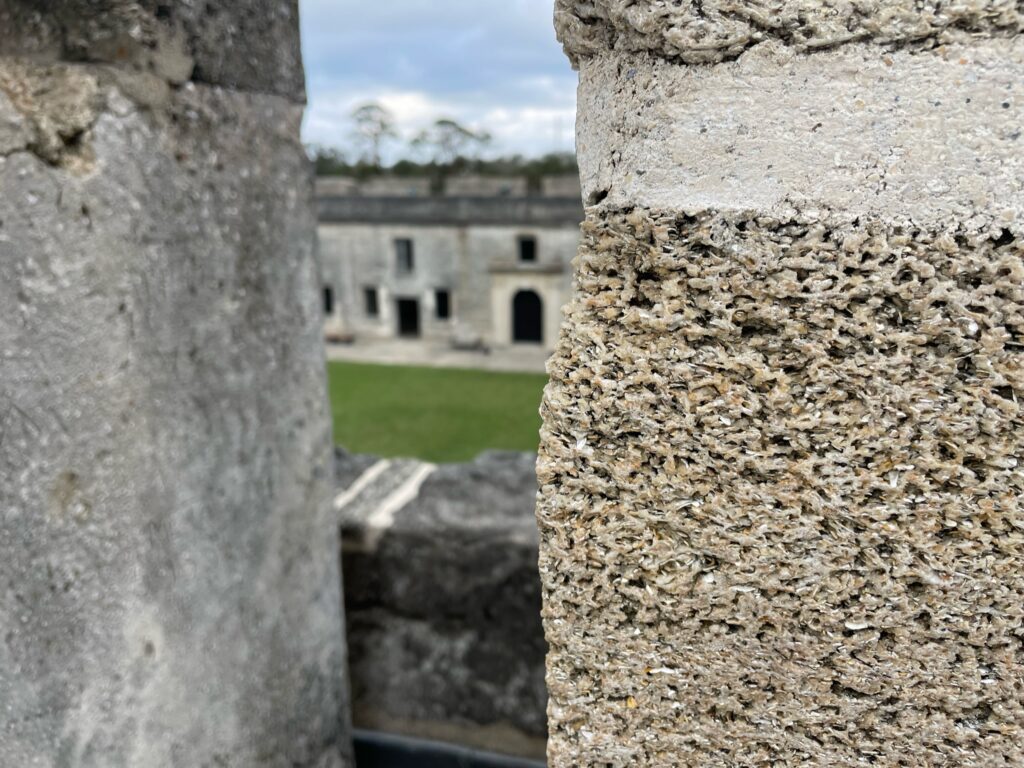
Coquina beach stone 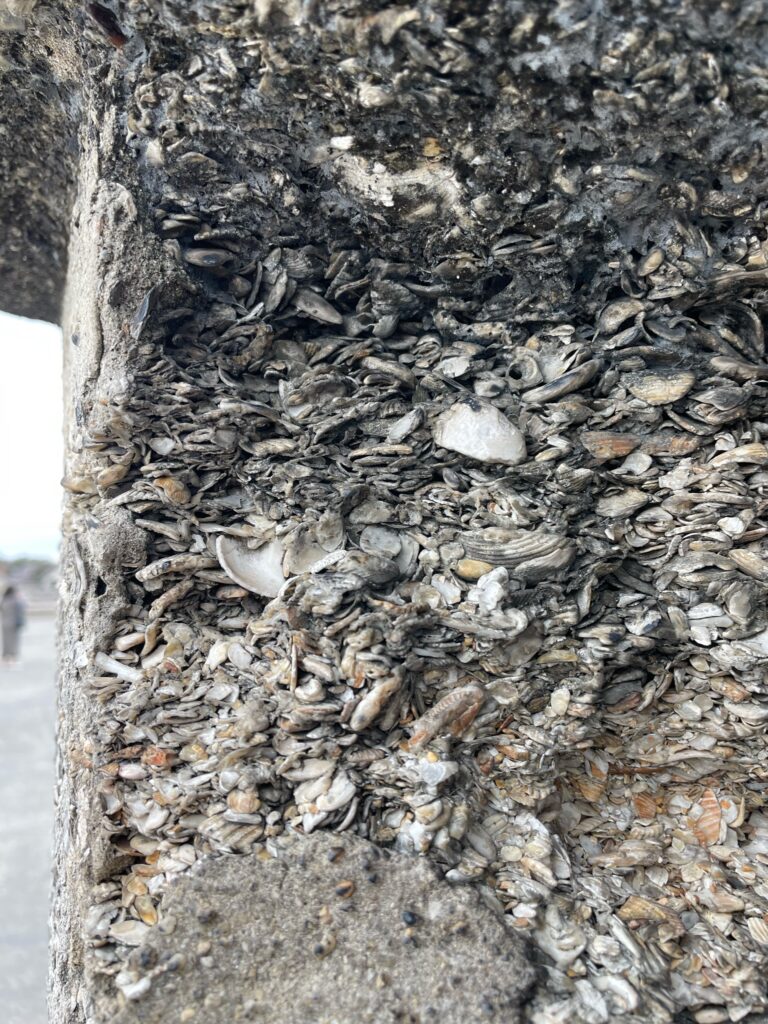
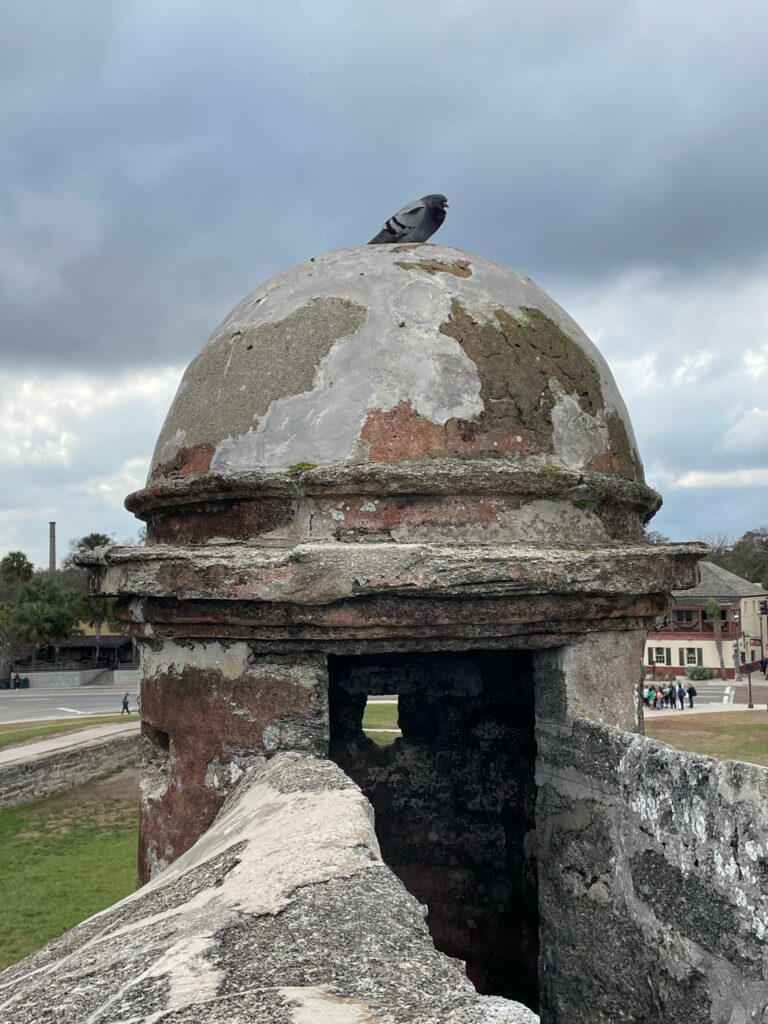
The history displays and ranger-led talks were well-done. We’re biased of course, but there’s no better way to experience America’s first city, than a visit to Castillo De San Marcos National Monument.

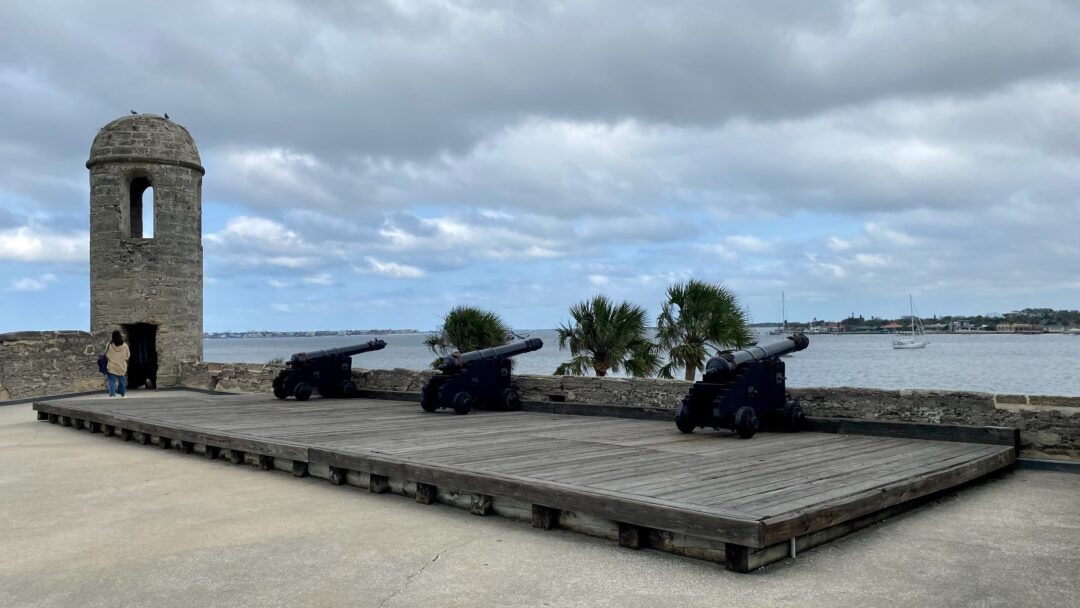
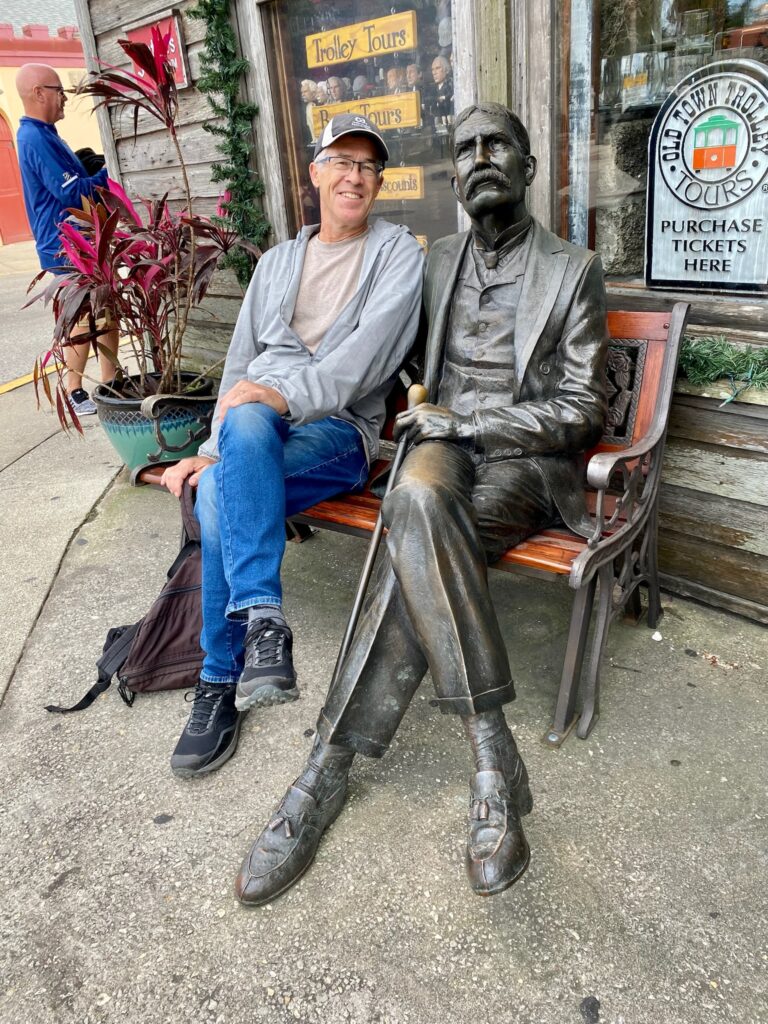
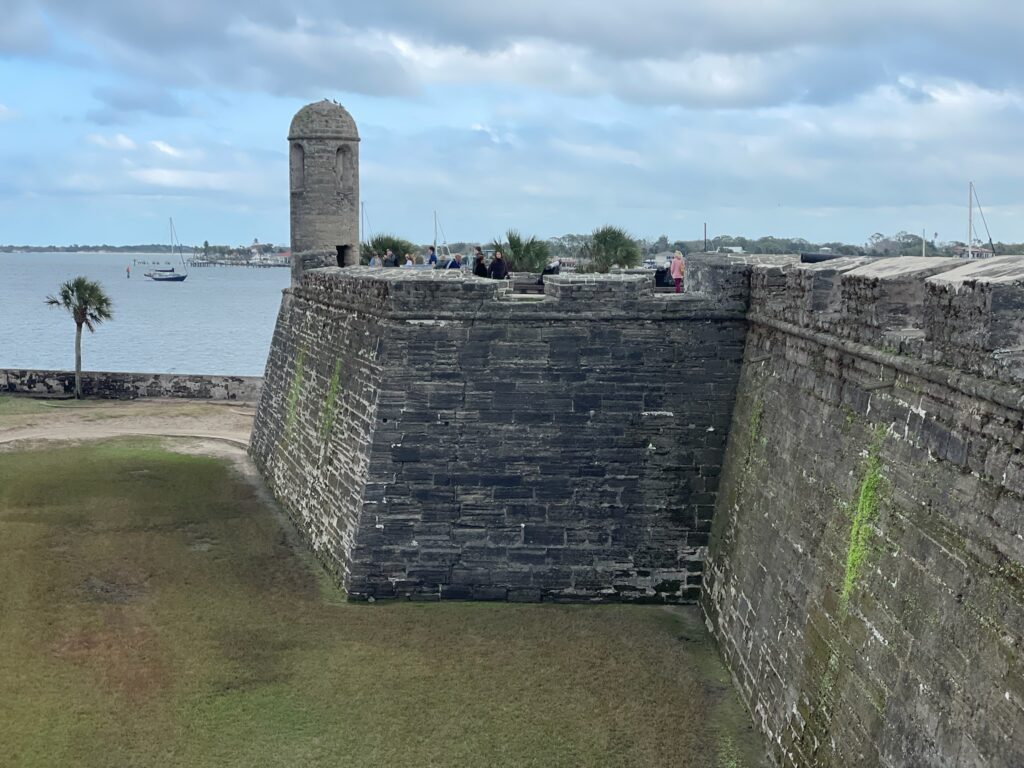
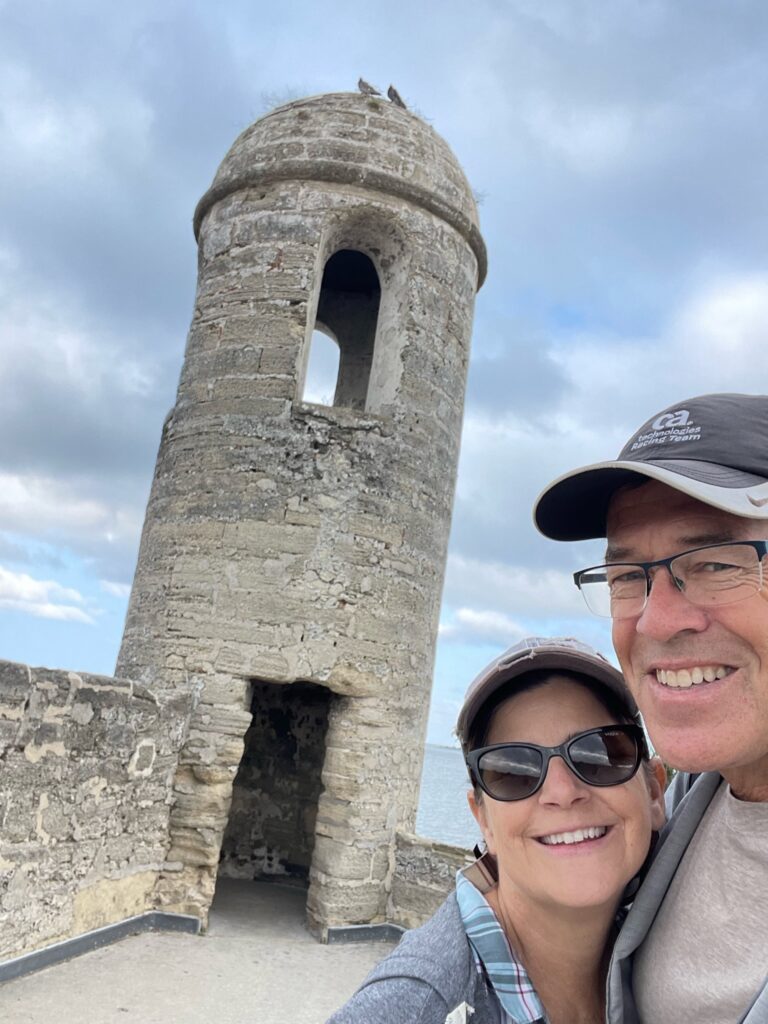
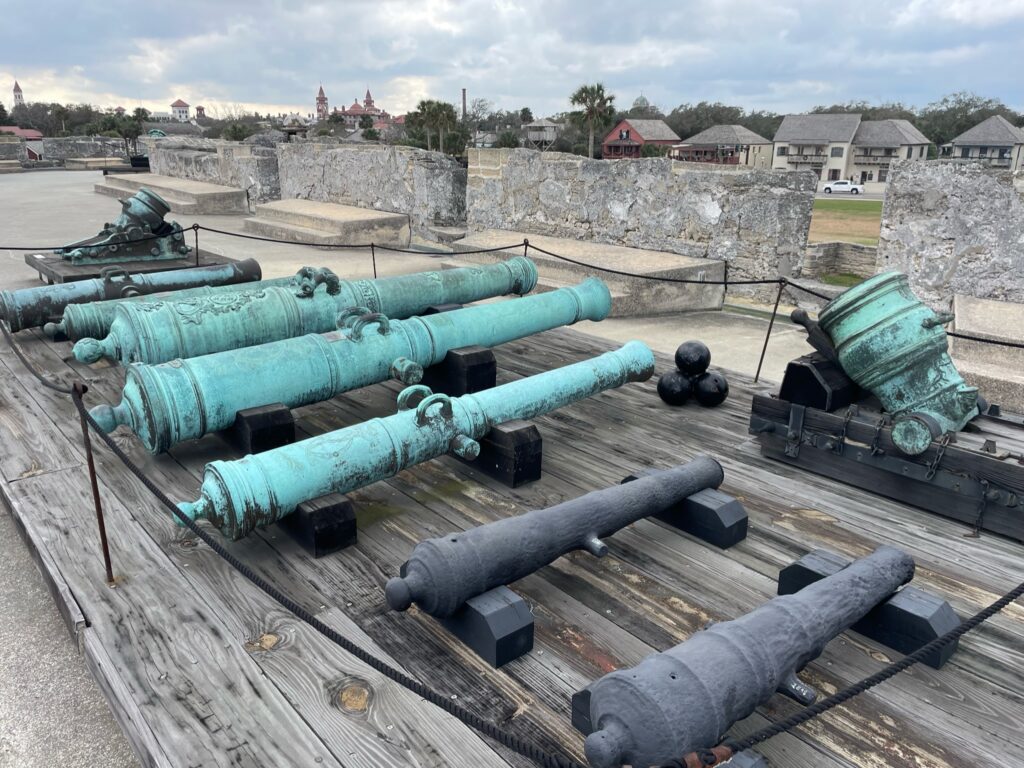
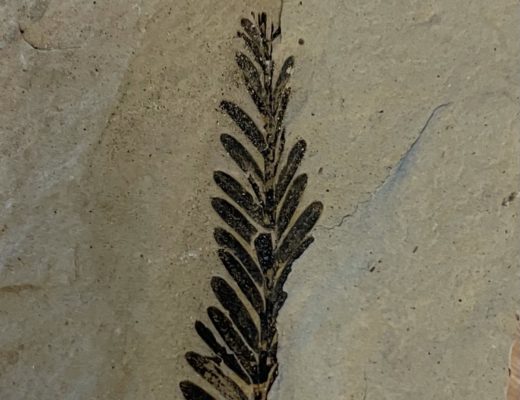
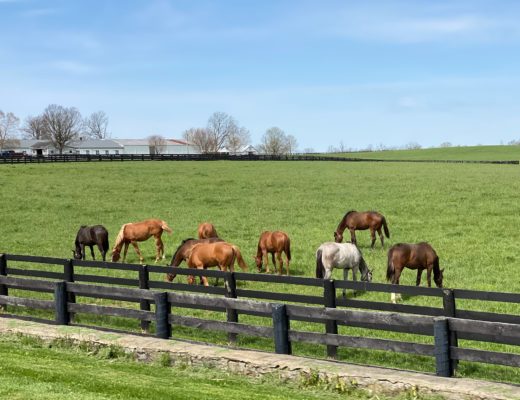










 Did you know that the oldest and largest aviati
Did you know that the oldest and largest aviati








 #camphairdontcar
#camphairdontcar

